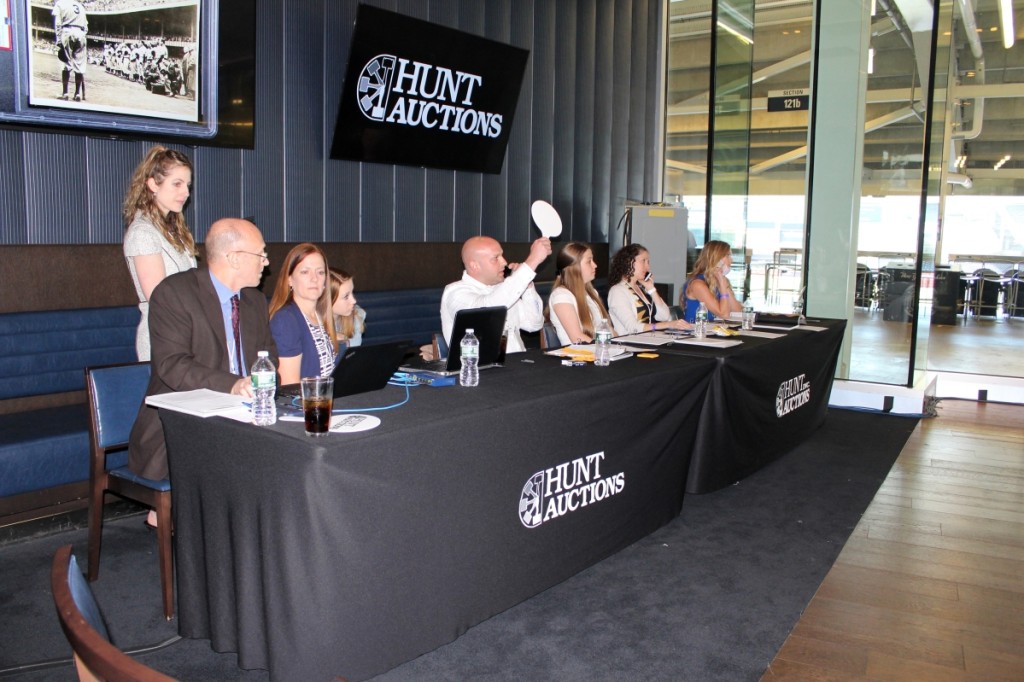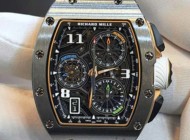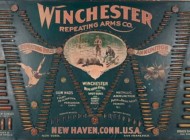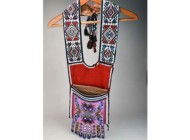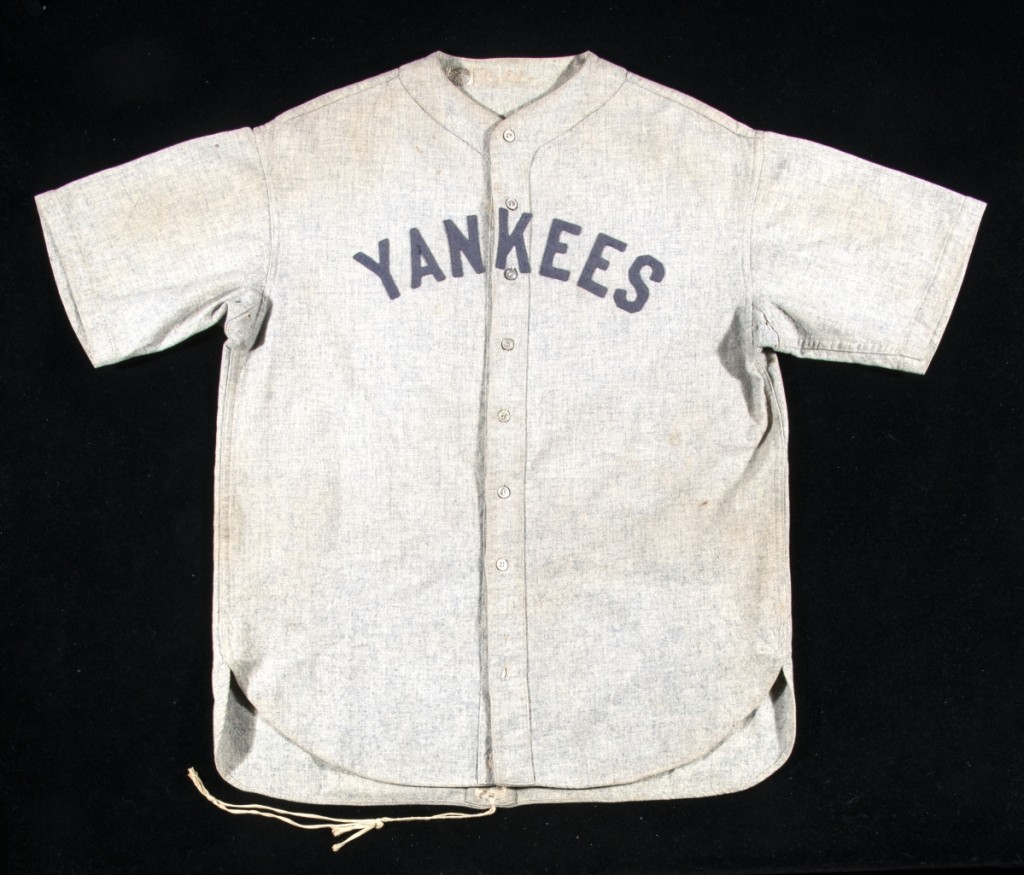
Leading the sale and setting a record not only for a baseball jersey but for any piece of sports memorabilia offered at auction anywhere, was Ruth’s 1928–30 jersey that an anonymous phone bidder won at $5,640,000. The auction house did not disclose its estimate prior to the sale.
Review and Onsite Photos by Madelia Hickman Ring, Catalog Photos Courtesy Hunt Auctions
BRONX, N.Y. – There could have been no more fitting location for Hunt Auctions to sell the Ruth family collection of Babe Ruth memorabilia than Yankee Stadium, and while it was not in the original “house that Ruth built,” collectors around the world turned out on June 15, online, on the phone and in person, to see Ruth step up to the plate one last time.
The house published a lavishly illustrated catalog with extensively researched catalog essays that was titled “The Babe Ruth Collection at Public Auction.” It was, however, a surprise to this reporter to discover that, in fact, more than half of the sale – and many of the higher estimated items – had been consigned by various other sellers. The collection of nearly 200 lots from the Ruth family had remained largely unknown to the general public and included hundreds of pieces relating to the life and career of arguably the most iconic player in the history of the game.
The combination of provenance and “market freshness” proved irresistible to collectors, and the Ruth family collection outperformed the averages for the rest of the sale. Whereas lots consigned by other sellers was only 83 percent sold by lot and only 67 percent achieved prices within or above estimate, the Ruth family collection was 98 percent sold by lot and 91 percent of the lots sold within or above estimate.
Hunt Auctions did not issue either a post-sale press release or statement from the Ruth family, but after the sale, David Hunt, Hunt Auctions’ president told Antiques and The Arts Weekly by email that the Ruth family was “very happy.” When asked if institutions participated in the sale, Hunt said “institutional bidding did occur,” but he was not able to disclose which institutions or on which lots they had bid.
Leading the sale – and generating the most presale buzz -was a professional road model jersey that Ruth wore between 1928 and 1930, which had been consigned by an unidentified seller. There was speculation before the sale that the jersey might break the previous record for a piece of sports memorabilia – also for a Babe Ruth jersey – set in 2012 at $4.4 million. The estimate for the jersey was not disclosed prior to sale, the catalog saying, “Estimate upon request;” also conspicuously absent was any mention of the provenance of the jersey in the extensive catalog essay.
When the jersey came up, Scott Foster, who was auctioneering the sale and who called the jersey the “pinnacle of his career,” opened the bidding at $2.5 million. Many in the room held up phones to record the historic moment but, in the end, all of the action took place off the field, with competition between two phone bidders and an absentee bidder. Dave Hunt, standing next to the podium and possibly bidding on behalf of an absentee bidder, declared himself out at $4 million. Shortly thereafter, Foster sold the jersey to an anonymous phone bidder for $4.7 million ($5,640,000 with buyer’s premium).
The other marquee lot, which Hunt said would have been the star lot “in any other sale,” was a baseball bat used by Ruth from 1928 to 1929, which he had made eight notches in for his home runs. The bat – consigned by an unidentified seller – carried a hefty estimate ($750,000-$1.5 million) and if it had sold for the high estimate would have set a new record for a baseball bat. Unfortunately, it failed to meet reserve and was passed at $650,000. The most expensive price paid for a bat in the sale was $144,000, for a Louisville Slugger 125 bat used by Ruth at the height of his career and surviving in exceptional condition.
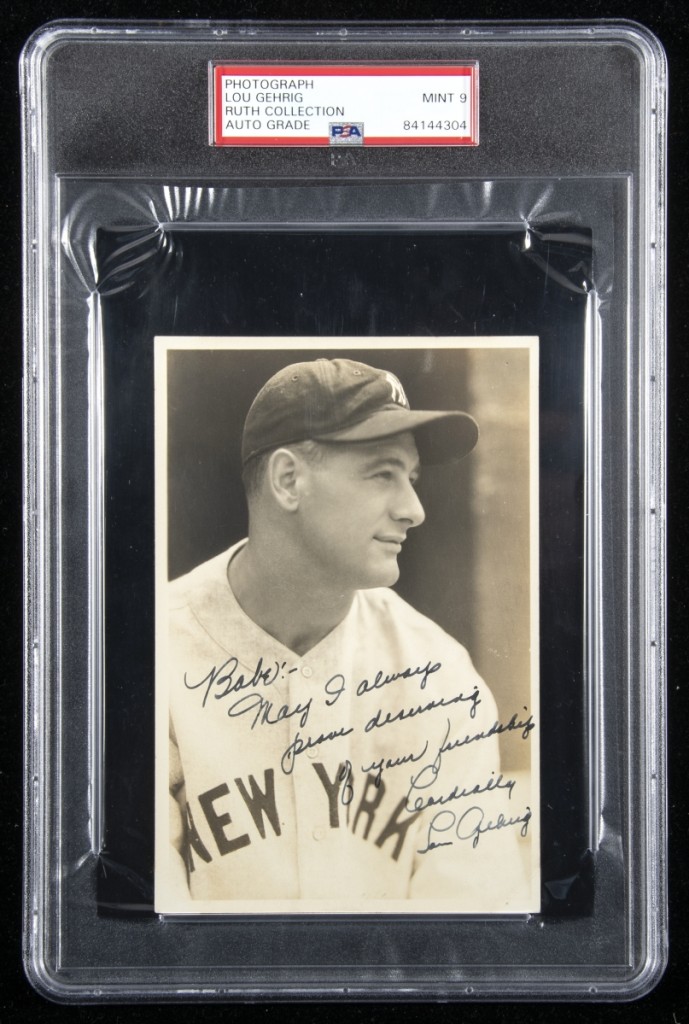
The highest price achieved for an item from the Ruth family collection — and the second highest price fetched in the sale — was $480,000 paid for this photograph of Lou Gehrig with a personal inscription to Ruth. It had been estimated at $100/150,000 and sold to a phone bidder.
Ruth’s personal 1932 New York Yankees presentation photo album that featured a complete set of signed player photographs was sold in separate lots, with the top price going for Lou Gehrig’s photo, which was inscribed by Gehrig to Ruth ($100/200,000). The auction catalog described the photo as possibly “the finest non-game-used Lou Gehrig signature item extant;” it received so much interest that bidding opened at $120,000 and ultimately sold to a phone bidder for $480,000, more than quadrupling the estimate.
Items that commemorated milestone moments in Ruth’s career saw considerable interest, as demonstrated as the $96,000 paid for Ruth’s final career contract, which he signed with the Boston Braves in 1935 ($75/125,000) and a sepia tone photograph recording Ruth’s 60th home run during the 1927 season also made $96,000 ($50/100,000).
A late addition to the sale was Ruth’s “Most Popular Baseball Idol” trophy, which was presented to Ruth at Fenway Park on September 24, 1929. Despite some damage to the figural finial, which the Ruth family attested had occurred when Ruth threw it in anger upon hearing of the attack on Pearl Harbor, the trophy brought $156,000. A 1923 World Series champions presentation trophy that had not been in the Ruth family also brought a noteworthy price of $120,000, within estimate ($100/200,000).
While most of the material not from the Ruth family was sold by largely unidentified items, the sale featured a small group of material consigned by Mickey Mantle’s sons. The 18 lots from the Mantle family included letters, Mantle’s baseman’s mitt, two rings and Mantle’s 511th home run baseball. Leading the group was Mantle’s 1966-68 autographed baseman’s mitt, which achieved $120,000 against an estimate of $100/200,000.
A disappointment was Mantle’s 1955 New York Yankees American League Championship ring, which had been estimated at $200/300,000 but failed to find a buyer and was passed before it reached $100,000. Selling for near its high estimate was Mantle’s 1978 World Series championship ring, which made $48,000 ($30/50,000). In this sale, the Mantle name proved no match for that of Ruth, with 33 percent of items from his collection failing to find buyers and of the items that sold, all but three sold within presale expectations.
Hunt Auctions is at 256 Welsh Pool Road in Exton, Penn. For additional information, www.huntauctions.com or 610-524-0822.

